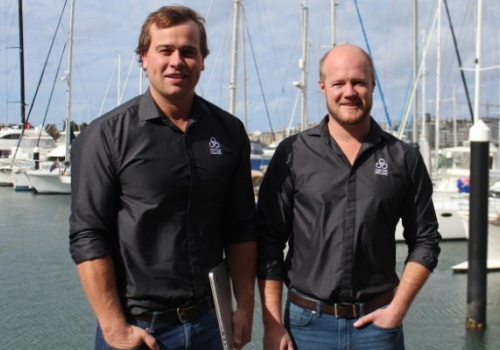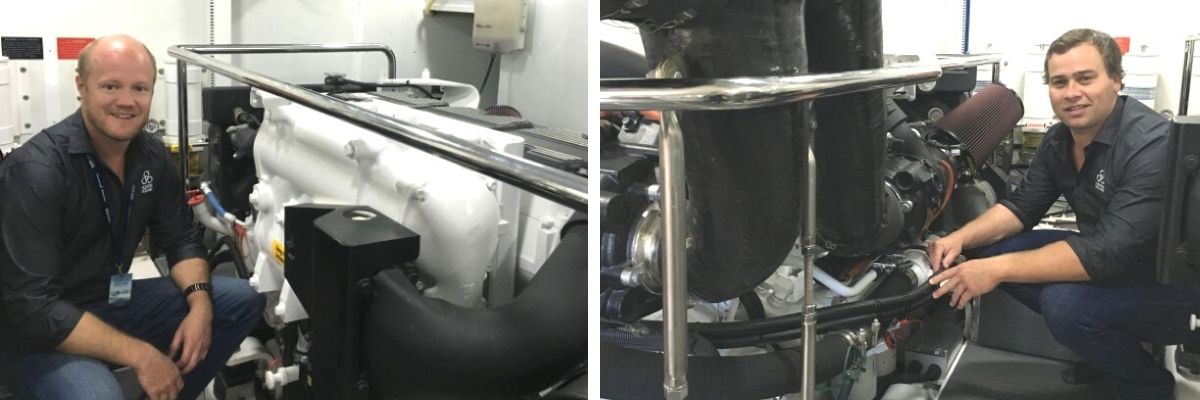Managing Yacht Crew Rotations

Rotational positions began to appear more frequently in the yachting industry in the early 2000’s, receiving plenty of interest from job seeking crew. At that time, they were the envy of every chief engineer or head of department and they were typically snapped up by the most senior crew members.
Rotations are now becoming more common as crew are pushing for more of a work life balance, while owners are keen to retain good crew by providing more favourable employment terms. In most cases, rotational positions are still considered the crème de la crème of opportunities and for crew fortunate enough to land one of these gigs, there is a raft of tools available to ensure rotations work smoothly.
For captains or management, pitching the idea of rotation to an owner is a big step, and chatting with captains who run programs with rotational positions on board, you soon understand there are a number of risks that come into play when having a rotational roster.
Depending on the structure of the rotation, owners can incur additional salary, insurance, and travel expenses to facilitate a crew rotation. On top of that, as most captains will tell you, it’s another crew member to manage which can be the hardest part of their jobs.
A big concern for captains is ensuring consistency between the rotating crew. Put two chief engineers in a room, both with 10 years’ experience, and the way they go about their jobs will inevitably be different. From the perspectives of the owner and the captain, they want to be sure the standard of work is consistent, to the same standard and with equal attention to detail. Crew also want to know that the rules that apply to both engineers, rather than having one rule for engineer A and another for engineer B.
Usually with rotational positions there is a handover period where both the inbound and outboard crew go through any outstanding tasks and recap what has happened on board during the previous rotation, and this can range from a couple of hours to a day or two. For the outbound crew member, they may already have one eye on their life off the boat, but handovers are an important process to ensure a smooth transition.
Most rotational employment contracts will stipulate that the outboard crew member should remain available via phone or email at all times. That said, most crew will hope that phone calls are few and far between, which is far more likely if there has been a proper handover before going on leave.
Successful crews are like a well-oiled machine. Everyone knows their role, departments interact seamlessly and for every situation there is a planned and known process to solve it. A great example is pick up day on charter. Everyone knows exactly what happens and who is responsible for what the day they pick up a charter. There are many factors that contribute to great teamwork, but a big contributor is the sharing of information. Whether it be shipping, yachting or commercial, a smooth operation requires documentation and records.

The most successfully rotational positions we see are those which have good systems in place to document and record information to provide transparency across rotating crew, meaning . smoother rotations and fewer SOS calls while you're on leave.
Documentation methods are always evolving. An old navy engineer I met years ago at the Miami Boat Show had a rotating calendar wheel with the date and jobs he needed to do, handwritten on paper. It worked by flipping the page at the start of each day to see what tasks were due and he told me it hadn't let him down yet. Fast forward to 2020 and you'll find most vessels have adopted a more digital approach.
Planned maintenance systems are designed to capture information, often contributed by multiple crew members, and are a great way to manage rotations. The most commonly used tools for rotational crew are maintenance logs, daily logs, defect logs and documents and, regardless of which system is in place, the logic remains the same. Capture information as it happens and document all details relevant to the operation of the vessel. This will allow for shorter and more efficient handovers as everything is already logged, so you can properly enjoy your time off the boat.


Post your comment
You cannot post comments until you have logged in.
Login to post a commentComments
No one has commented on this page yet.
RSS feed for comments on this page | RSS feed for all comments